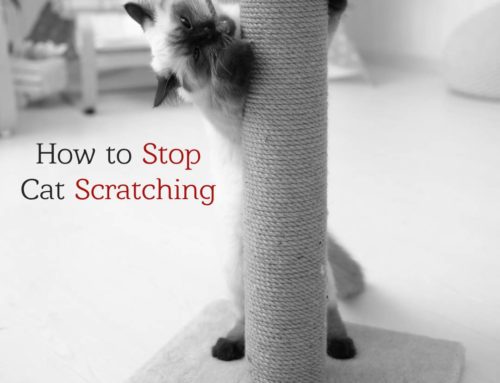Maybe you’ve seen the funny videos online of cats being dramatic while having their claws trimmed and you’ve wondered. Is it safe? Is it easy? What are the benefits? How do you do it? Lots of questions, we get it. The short answers are: yes, sometimes… and keep reading…
Is it safe to trim your cat’s claws?
Yes! As long as you take some time to learn how to do it properly and have a good trimmer, it’s totally safe and doesn’t hurt your cat at all. In fact, it’s a similar experience to cutting your own nails. On the flip side, it’s unsafe and inhumane to declaw a cat. So, trimming is the obvious choice.
Is it easy?
That’s a more complicated question. If your cat is calm, the actual process is very simple and easy. The real answer depends on your cat’s temperament. Some will happily lay back and go into spa mode while others act like they’re under attack. But the good news is that even cats who react badly at first can be taught to be chill.
What are the benefits?
The benefits are really for your cat but for you. Clipped claws are less likely to cause harm to people, other pets, and items around your home. Plus, being less sharp means they’re less likely to get caught on something.
How do you trim a cat’s claws?
- If at all possible, start doing routine trims when your cat is a kitten – this way they’ll be used to it for the rest of their lives.
- Purchase a trimmer specially designed for trimming pet nails and make sure you know how to use it properly before beginning.
- Start when your cat is in a calm or even sleepy mood, like not long after eating.
- Having a helper is ideal because one person can be the holder and one person can be the trimmer.
- You may have to experiment with holding positions to find one that works best for you and your cat.
- Hold the paw and gently squeeze the pad to extend one claw at a time.
- Use your trimmers to trim off the sharp end of the claw, being very careful not to cut below the quick, which is a darker section below the more clear tip. This area has nerves and blood vessels, so cutting here can result in pain and bleeding. When deciding where to cut, always better to be safe than sorry.
- If you’re new to this, you could have a styptic stick or powder close by to stop bleeding just in case.
- Release the pad and move on to the next one.
If your cat is resistant, go slowly with this process. Maybe you do one step at a time, rewarding them with a treat at each step. Maybe you only cut two nails at a time. The important thing is to ensure the process isn’t scary for them, which will ruin future attempts.
Unsure about trying on your own? Schedule an appointment with your vet, who can show you how it’s done in person. Once you see how safe and easy it can be, you may feel ready to take on the task yourself.







